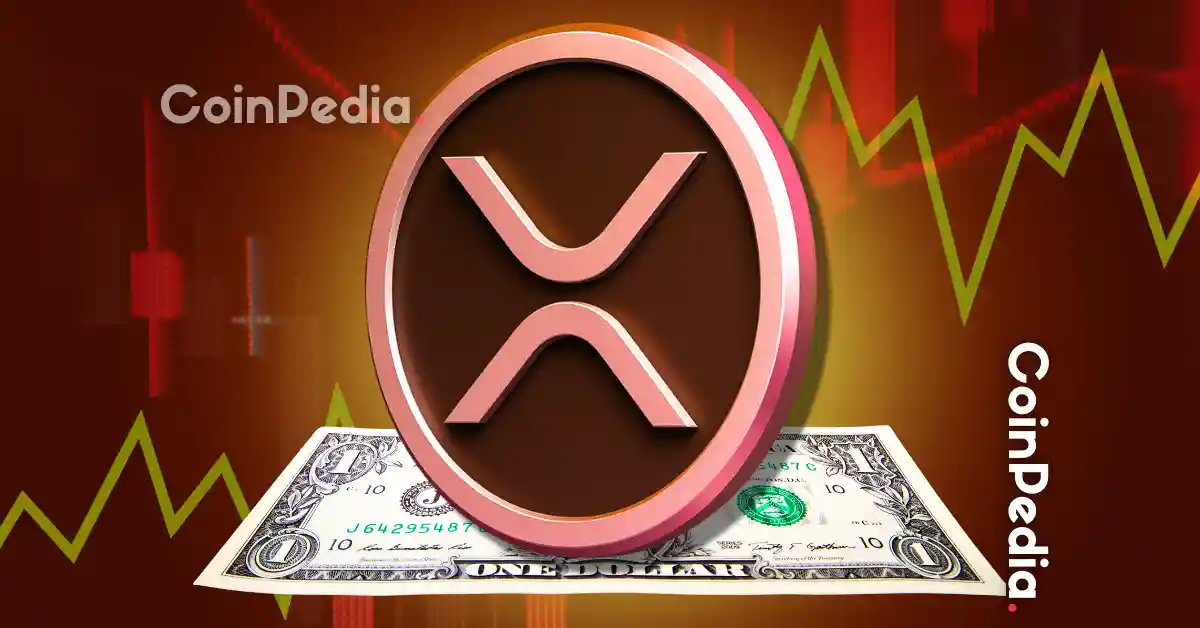The Potential Transformation of Ripple into an XRP Treasury Giant
Introduction: A New Era for Ripple and XRP
The cryptocurrency landscape is witnessing a fascinating evolution as Ripple, the company behind the XRP cryptocurrency, explores strategic shifts that could redefine its role in the digital asset market. The question on everyone’s mind is whether Ripple could emulate the success of MicroStrategy, the business intelligence firm that has become synonymous with Bitcoin accumulation. With Ripple holding an estimated $122 billion worth of XRP, the potential for a treasury strategy could have profound implications for the cryptocurrency’s supply, demand, and price.
The MicroStrategy Blueprint: A Bitcoin-Centric Treasury Strategy
MicroStrategy’s approach to Bitcoin has been nothing short of revolutionary. Under the leadership of Michael Saylor, the company has amassed over 444,262 BTC, positioning itself as a significant player in the Bitcoin market. This strategy is rooted in the belief that Bitcoin is a superior store of value compared to traditional assets. By holding a substantial Bitcoin reserve, MicroStrategy aims to hedge against inflation and capitalize on the long-term appreciation of Bitcoin. The success of this strategy has not only boosted MicroStrategy’s market capitalization but has also inspired other companies to consider Bitcoin as a reserve asset.
Ripple’s XRP Holdings: A Sleeping Giant Awakens
Ripple’s XRP holdings represent a formidable reserve, estimated at $122 billion. Currently, Ripple primarily uses XRP for its On-Demand Liquidity (ODL) platform, which facilitates faster and cheaper cross-border payments. However, the prospect of Ripple adopting a MicroStrategy-like treasury strategy could significantly alter the market dynamics. By locking up a substantial portion of its XRP holdings, Ripple could create a supply squeeze, potentially driving the price of XRP to new heights.
The Supply Squeeze Scenario: Predicting XRP’s Price Surge
The potential impact of Ripple adopting a treasury strategy is a hot topic among analysts and investors. AI models and market experts have made bold predictions, suggesting that XRP could reach prices ranging from $25 to $45 per token if Ripple fully embraces this model. These predictions are based on the fundamental economic principle of supply and demand. A significant reduction in the circulating supply of XRP, coupled with steady or increasing demand, could lead to a substantial price surge.
However, it’s essential to recognize that these predictions are speculative. The actual price movement of XRP will depend on various factors, including market sentiment, regulatory developments, and the adoption of XRP by financial institutions and businesses.
Ripple’s Broader Strategy: Beyond Treasury Reserves
While the idea of Ripple becoming an XRP treasury giant is intriguing, it’s crucial to consider the company’s broader strategy and its commitment to XRP’s utility. Ripple has consistently emphasized the importance of XRP as a tool for efficient and cost-effective cross-border payments. The company has been actively forging partnerships with financial institutions and payment providers worldwide to integrate XRP into their payment systems. These partnerships are vital for driving real-world adoption and demonstrating XRP’s value as a payment solution.
Tokenized Money Market Funds: A Gateway to Institutional Adoption
Ripple’s recent collaboration with Archax and abrdn to launch tokenized money market funds on the XRP Ledger is a significant milestone. This initiative opens up access to the $16 trillion money market fund industry, introducing institutional investors to the XRP Ledger. Tokenized money market funds offer several advantages, including increased transparency, improved efficiency, and reduced costs. By providing institutional investors with access to these funds on the XRP Ledger, Ripple is paving the way for wider adoption of XRP within the traditional financial system.
Ripple’s Focus on Compliance and Institutional Partnerships
Ripple’s approach to compliance sets it apart from many other cryptocurrencies. The company has adopted a compliance-forward strategy, working closely with regulators and adhering to legal requirements in different jurisdictions. This focus on compliance has made Ripple an attractive partner for financial institutions and businesses looking to integrate blockchain technology into their operations. By building trust and demonstrating a commitment to regulatory compliance, Ripple is positioning itself as a leader in the enterprise blockchain space.
The XRP Community’s Perspective: Utility vs. Scarcity
The XRP community is divided on the question of whether Ripple should adopt a treasury strategy. Some believe that reducing the circulating supply of XRP would be beneficial for its price and long-term value. Others argue that Ripple should focus on driving adoption and utility rather than artificially manipulating the supply. Ultimately, the decision to adopt a treasury strategy rests with Ripple, which must weigh the potential benefits of increased scarcity against the risks of alienating its community and hindering XRP’s adoption.
Building a Different Narrative: Compliance and Real-World Utility
While MicroStrategy has championed Bitcoin as a store of value, the XRP community is building a different narrative. This narrative emphasizes compliance-forward development, institutional partnerships, and a laser focus on real-world utility. By focusing on these differentiators, the XRP community is not just countering Saylor’s narrative but building an entirely new one. This narrative positions XRP as a practical and compliant solution for cross-border payments and other financial applications.
Conclusion: A Transformative Path for Ripple and XRP
The possibility of Ripple transforming into the “MicroStrategy of XRP” presents both opportunities and challenges. While locking up a significant portion of its XRP holdings could trigger a supply squeeze and drive up the price, it’s crucial for Ripple to maintain its focus on driving adoption and utility. Ripple’s commitment to compliance, its partnerships with financial institutions, and its exploration of new use cases for XRP are all essential for the long-term success of the digital asset. Whether Ripple ultimately chooses to embrace a full-fledged treasury strategy remains to be seen, but one thing is certain: the company is at a pivotal moment in its history, with the potential to reshape the future of cross-border payments and the broader cryptocurrency landscape.











